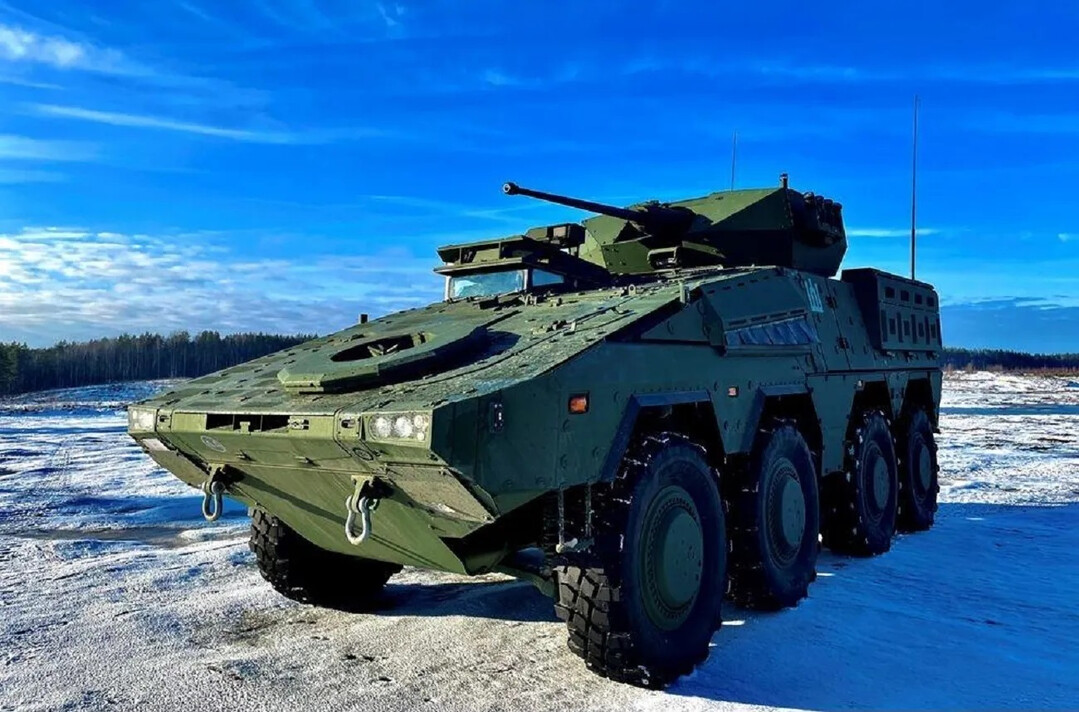
RUKLA, Lithuania – NATO's Multinational Battle Group Lithuania (MN BG LTU) recently concluded a significant live fire exercise, showcasing its combat readiness and interoperability with the Lithuanian Armed Forces. The drills, held at a training area near Rukla, involved a comprehensive range of tactical maneuvers, culminating in a Level 5 live fire event that simulated realistic battlefield conditions.
The exercise focused on enhancing the battle group's ability to rapidly deploy and execute defensive tasks in a challenging environment. NATO units practiced crucial skills, including swift movement across varied terrain, overcoming obstacles using bridge-laying vehicles, and coordinated defensive operations. The culminating live fire phase featured advanced weaponry, with Leopard 2 main battle tanks, Puma infantry fighting vehicles (IFVs), and PzH 2000 self-propelled howitzers engaging both stationary and moving targets. This demonstration highlighted the battle group's firepower and precision.
The event drew a distinguished audience, including senior military officials from the Lithuanian Armed Forces, unit commanders from the MN BG LTU contributing nations, senior enlisted leaders, ambassadors, and military attachés. This high-level attendance underscored the strategic importance of the exercise and the commitment of NATO allies to the security of the Baltic region.
"This exercise is a testament to the high level of readiness and interoperability of our forces," stated a senior Lithuanian Armed Forces official. "It demonstrates our collective commitment to deter any potential aggression and ensure the security of Lithuania and the broader region."
The MN BG LTU, integrated into the Lithuanian Infantry Brigade Iron Wolf, comprises approximately 1,600 troops from Germany, Belgium, the Czech Republic, Croatia, the Netherlands, Norway, and Luxembourg. The battle group maintains an intensive combat readiness cycle, regularly participating in major exercises within Lithuania. These exercises are crucial for strengthening interoperability with the Lithuanian Armed Forces and other NATO units deployed in the country, ensuring a cohesive and effective defense posture.
This exercise comes at a time of heightened geopolitical tensions in the region, emphasizing the critical role of NATO's Enhanced Forward Presence (EFP) in deterring potential adversaries. The successful completion of this live fire event reinforces NATO's commitment to collective defense and demonstrates the alliance's ability to rapidly deploy and effectively operate in a complex security environment. Further, the exercise has served as a valuable platform for sharing best practices among the multinational forces, strengthening the bonds that underpin NATO's collective security. The event also demonstrated NATO's commitment to technological advancement within its forces, by highlighting the capabilities of its modern weapon systems.
[Copyright (c) Global Economic Times. All Rights Reserved.]





























